All About Virginia Opossums
While we all know about marsupials like kangaroos, did you know that there is only one marsupial native to North America? Let’s talk about the Virginia opossum, what it looks like, what it eats, where it lives, and how it may act if you ever encounter one.
Appearance
Virginia opossums have a very distinct look that you likely can conjure in your mind if you take a moment. These creatures that are near to the size of a house cat are covered in wiry, grey, and off-white fur. The only place that doesn’t have this shaggy look is their prehensile tails that make up half of their total length.
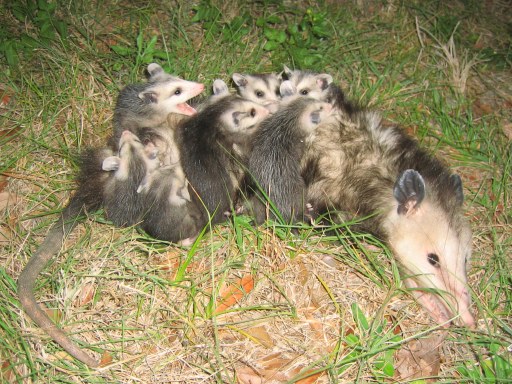
Males may grow to 100 cm or 40 inches in length. They average out around 76 cm or 30 inches in total length. Females on the other hand average around 72 cm or 28 inches in length.
They are the only member of their genus that stores body fat, and this can be seen during fall months as they prepare themselves for winter. Virginia opossums are characterized by their long heads and pointed snouts. They have rounded ears that only have a small amount of hair. Their prehensile tail is hairless and appears scaly. Their fore and hind feet each have five toes. They have sharp claws on all of these toes except for the thumb-like toe on their hind legs.
Like all members of their family Didelphidae, the Virginia opossum has 50 teeth. In their adolescence, they only lose one set of teeth from the back of their mouths.
Diet
The Virginia opossum has an incredibly wide-ranging diet that is similar to many animals that live in their environment. The nocturnal creatures use their excellent sense of smell to help them locate their meals.
Virginia opossums are omnivorous and will eat just about anything they can find. Their main sources of food in nature include:
- Fruits and berries
- Insects
- Small animals like mice
If you have ever had an opossum on your property you are likely aware that this is not the only type of food they eat. Opossums are also notorious for getting into your garbage to have their midnight snack. They also seek out carrion (dead animals) for an easy meal. Because most of this food source is roadkill, many opossums are hit by cars and die while they are looking for food along the road.
Habitat
The Virginia opossum is an extremely resourceful and adaptive creature. There is no one type of habitat that they attempt to live above all others. Instead, these animals can be found throughout Central America and North America.
In North America, they are found anywhere east of the Rockies and are spread out between Costa Rica and southern Ontario, Canada. They are constantly expanding their range northward in every direction at a quite significant pace.
During the Great Depression, it is believed that Virginia opossums were intentionally introduced to the west coast of the United States. Supposedly this was done in an effort to create an affordable source of meat for many people. Since their introduction in this region, they have been expanding their territory northward towards British Columbia, Canada.
Behavior
There are a number of interesting attributes that make the Virginia opossum’s behavior so exciting to learn about. These adaptations have been forged in evolution to create a truly unique creature with many skills designed for survival.
When they are threatened the opossum will exhibit the following behaviors:
- They will run away if they believe there is an option to do so
- They will begin growling, belching, urinating, and defecating as a defensive tactic
- If this doesn’t work they will ‘play possum’
This last point is the most commonly referred to aspect of opossums. The process is characterized by the animal rolling onto their back, becoming stiff, and entering a coma-like state that can last up to four hours. This is done in the hope that the predator will go away and leave them alone if they believe they are dead. This doesn’t always work, however, and the opossum may still end up getting killed after the fact.
Select Your Animal
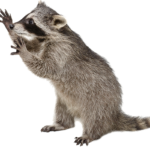
Raccoons
Raccoon Removal Information & How-To Tips
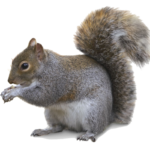
Squirrel
Squirrel Removal Information & How-To Tips
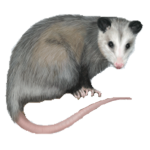
Opossum
Opossum Removal Information & How-To Tips
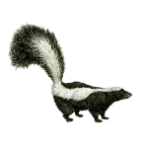
Skunks
Skunks Removal Information & How-To Tips
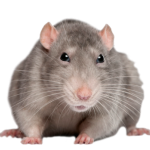
Rats
Rat Removal Information & How-To Tips
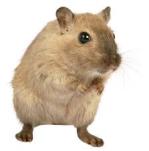
Mouse
Mouse Removal Information & How-To Tips
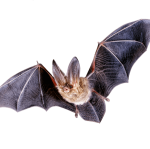
Bat
Bat Removal Information & How-To Tips
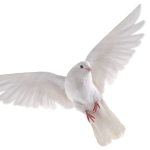
Bird
Bird Removal Information & How-To Tips
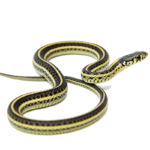
Snake
Snake Removal Information & How-To Tips
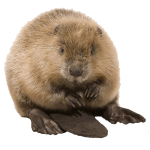
Beaver
Beaver Removal Information & How-To Tips
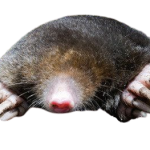
Mole
Mole Removal Information & How-To Tips
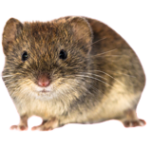
Vole
Vole Removal Information & How-To Tips
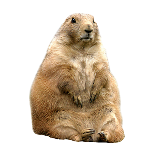
Gopher
Gopher Removal Information & How-To Tips
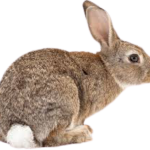
Rabbit
Rabbit Removal Information & How-To Tips
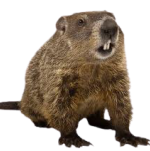
Woodchuck
Woodchuck Removal Information & How-To Tips
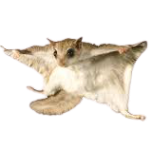
Flying Squirrel
Flying Squirrel Removal Information & How-To Tips
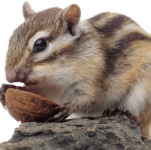
Chipmunk
Chipmunk Removal Information & How-To Tips
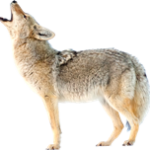
Coyote
Coyote Removal Information & How-To Tips
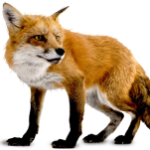
Fox
Fox Removal Information & How-To Tips

Wild Hog
Wild Hog Removal Information & How-To Tips
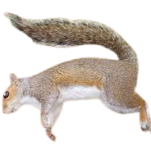
Dead Animal
Dead Animal Removal Information & How-To Tips